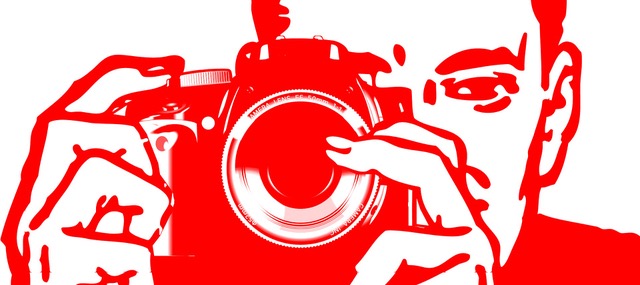Bringing Healing into Focus: The Renal Community Photo Initiative

In 2017, I embarked on a collaboration with the Visual Arts Department at Western University to gain a better sense of quality of life for people on chronic hemodialysis and to better understand how they respond to treatment through imagery in a novel research study. Since enrolment began in spring, 2017, 37 participants have been involved in the Renal Community Photo Initiative, creating 1500 images—and still counting. The project’s unique approach included creation of an ongoing community of engaged patient partners living with kidney disease who generated amazing images and are also helping to direct this visual approach. This project has been funded through the generosity of an anonymous donor to Western University.
In my research, which includes aspects of injury caused by hemodialysis treatment, I wanted to better understand why certain patients who require hemodialysis treatment can lead positive, productive lives while others may feel defined and beaten by kidney disease. I had an opportunity to meet and learn from experts in the Visual Arts department at Western and proposed a research collaboration. Patients receiving chronic hemodialysis treatment would be invited to participate in a study whereby they would select from a choice of 4 cameras and cyanotype paper to create images sharing aspects of their lives outside of dialysis treatment. The participants would use the camera for a 3-week period and “document” important aspects of their lives through imagery. These participants were also invited to share their thoughts about the images in a log. Initially, some participants were uncertain about what to create and many felt unsure of their photography skills. Some felt they lead rather routine, dull lives perhaps not interesting enough for image making. The research team encouraged participants to capture important aspects of their lives; the opportunities and the challenges. However, they did not provide any guidance as to what types of images they were seeking as none had been defined. This was to be a project “for the people, by the people”.
After the study had been running for a few months, and had almost 30 participants and approximately 1000 images, we proposed to seek Ethics approval to further engage interested participants to attend sub-study meetings where they would view the images created by others and provide feedback to the research team. A goal of the meetings was to discuss how best to use and display the images to increase the level of awareness about kidney disease within the community. Participants offered suggestions for various display opportunities ranging from large banners to be displayed at special events and treatment centers, to web-based media. These sub-study meetings were extremely informative and enjoyable, not only for the research team but also for the participants. It was clear that this project was having a positive effect on everyone involved, participants and their families, the peer group, researchers and staff involved in healthcare.
Schulich School of Medicine and Dentistry, Western University, became interested in this research and offered to work with me and the research team to design a website to share information about the study. This website launched on Tuesday, May 7th and can be found at: https://www.uwo.ca/projects/renal/. The team and I hope you enjoy it! Additionally, Schulich School of Medicine and Dentistry communications is using its social media accounts (Facebook, Instagram and Twitter) to highlight this interesting project.


Comments
Henning Sondergaard
May 18, 2019 12:26 PM
For quite a while I have been on a crusade against the way we measure quality of life in medicine. What we measure is at best the bottom rung of Maslows hierarchy of needs - in other words, the very base of QOL at best.
This project shows QOL in a totally different light. It has the capacity to capture life as it is lived. Whether good or bad, doesn’t matter. I am thoroughly impressed!
John Agar
May 16, 2019 11:51 PM
I have yet to fully process the concept, but it seems such a refreshingly original piece of work ... but then, aware of the author behind it, it should not really surprise ...
This leads me to wonder if the photographs, their themes, and the patterns of individual psychology behind them may eventually help predict stress response pathways to chronic illness(es). And, with this thought in mind, applying the same photographic psychology to CKD patients as they approach dialysis may help inform likely patterns and pathways of response to the impact of dialysis, and even its outcomes.
Fascinating, unique, thought-provoking and empathetic work.
Thank you.
Beth Witten
May 16, 2019 9:47 PM